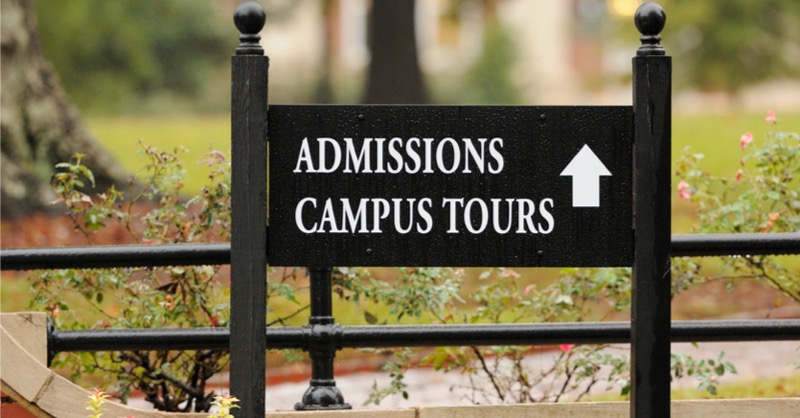
Nearly a year into the pandemic, many of its potential effects on higher education are still not easy to discern. There is no clear answer, for example, to the question of why undergraduate enrollment was down 4.4% this fall, while graduate enrollment was up 2.9%.1
At the same time, other pandemic-related developments make more sense at first glance, such as the 20% increase in applications to master’s in public health programs for the current academic year.2
Regardless of whether the latest trends confirm or confound your expectations about the state of higher ed today, most experts agree that they underscore the need to deploy new ways of recruiting and enrolling students — now and in the future.
“Despite the pandemic, uncertainty about attendance and curriculum delivery, the economy and the election, I personally remain optimistic about admissions for many reasons,” said George Haddad, CEO and founder of Liaison.
Why does Haddad feel that way?
Reason #1: Renewed investment in education (particularly in health professions)
“We predicted back at the beginning of the pandemic that the world of higher education will need to pivot to what we call a ‘preparedness era,’ in which we recognize the need to better prepare to overcome an invisible enemy today and other challenges in the future,” Haddad said. “As a result, we can expect to see more investment in health professions — as well as in health administration — to create models for healthcare delivery in times like these. That, in turn, will lead to more opportunity and success for students.”
Reason #2: A new appreciation for innovation
“The pandemic has served as a catalyst for acceleration not only in the corporate world but in higher education as well,” Haddad said. “This will not change any time soon. It creates space for innovation and fosters the belief that doing something different is possible and will be welcomed. The old taboos that used to prevent this type of new thinking have been shattered.”
Reason #3: More productive collaborations
According to Haddad, ongoing budget cuts at schools across the country will likely make it even more difficult for admissions offices to operate at peak efficiency — unless they enter into strategic collaborations with trusted partners.
“An admissions professional’s core competency is to nurture students and to highlight the value of the school to attract best-fit applicants,” he explained. “Therefore, entrusting partners, such as Liaison, to do administrative work on your behalf — by managing recruitment campaigns, marketing, applications, customer service and transcript and document verification — frees up resources that can instead be devoted to engaging with students.”
You need more than data
While the ever-increasing amount of applicant data at your disposal will always be useful, the pandemic has also highlighted the benefits of looking at applicants in different ways, according to Sasha Peterson, CEO of TargetX, a higher ed enterprise software business recently acquired by Liaison.
“What we’ve found during the last eight months is that clients want to know, ‘How can we engage with students more deeply on personal levels?’,” he said. “I think not being able to see each other in person has opened up peoples’ eyes to how important it is to look beyond the data and not just have an algorithm decide whether this student is going to be successful or not. We need to enhance the communication that should be happening between individuals. And because of that, I am actually more optimistic about the future of admissions now than I was a year ago.
“There has been a very slow evolution on most campuses to accept the fact that students today are not the same as they were 10 years ago,” Peterson said. “If you’re looking for a silver lining in a global pandemic, one of them is the acceleration of change. This pandemic, combined with the shift to more hybrid online/offline teaching, is really going to change the next five years in ways that I think would have taken 15 otherwise.”
This article is based on comments made during The Future of Admissions — During and After the Pandemic, a LinkedIn Live session hosted by Jeff Selingo that is now available for on-demand viewing.
1Source: National Student Clearinghouse, Nov. 11, 2020.
2Source: The Washington Post, Nov. 17, 2020.